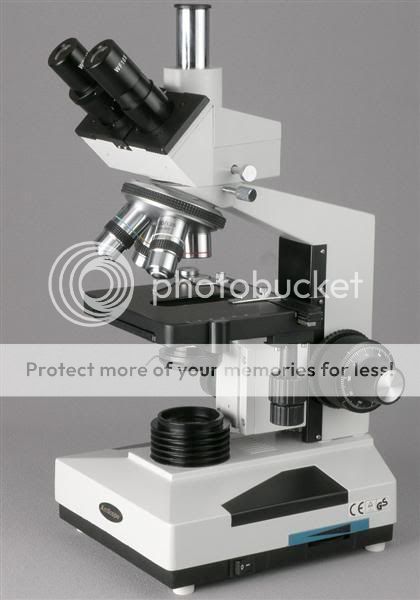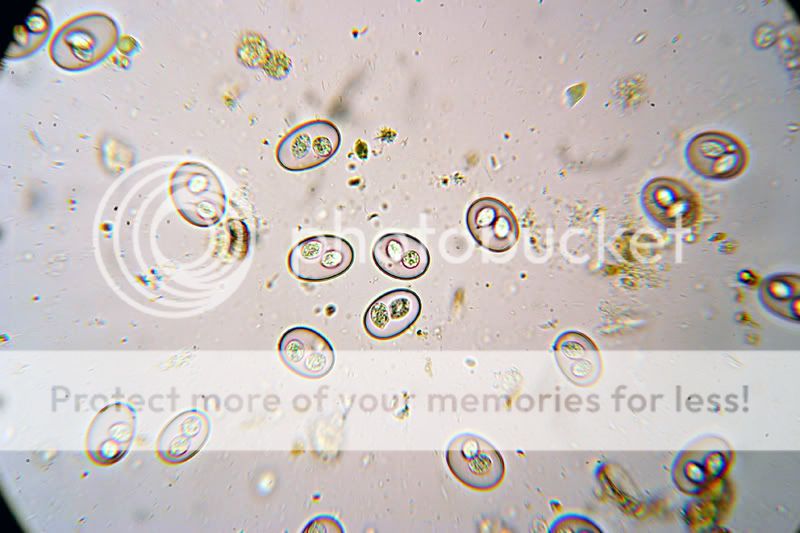Olimpia
Biologist & Ecologist
I know I've seen several senior members mention that they do their own fecal tests. I'd like to hear from them what they use to do these properly. I have a background in molecular biology, a few semesters of microbiology, and learned how to do canine fecals (but 6 years ago, so I'm rusty), so I'm not completely new to supplies and terminology, but I'd like recommendations on favorite books, specific supplies, etc.
I hate making these types of threads because I feel lazy, but if I remembered any specific members I would ask them personally.
Thanks in advance!
I hate making these types of threads because I feel lazy, but if I remembered any specific members I would ask them personally.
Thanks in advance!






